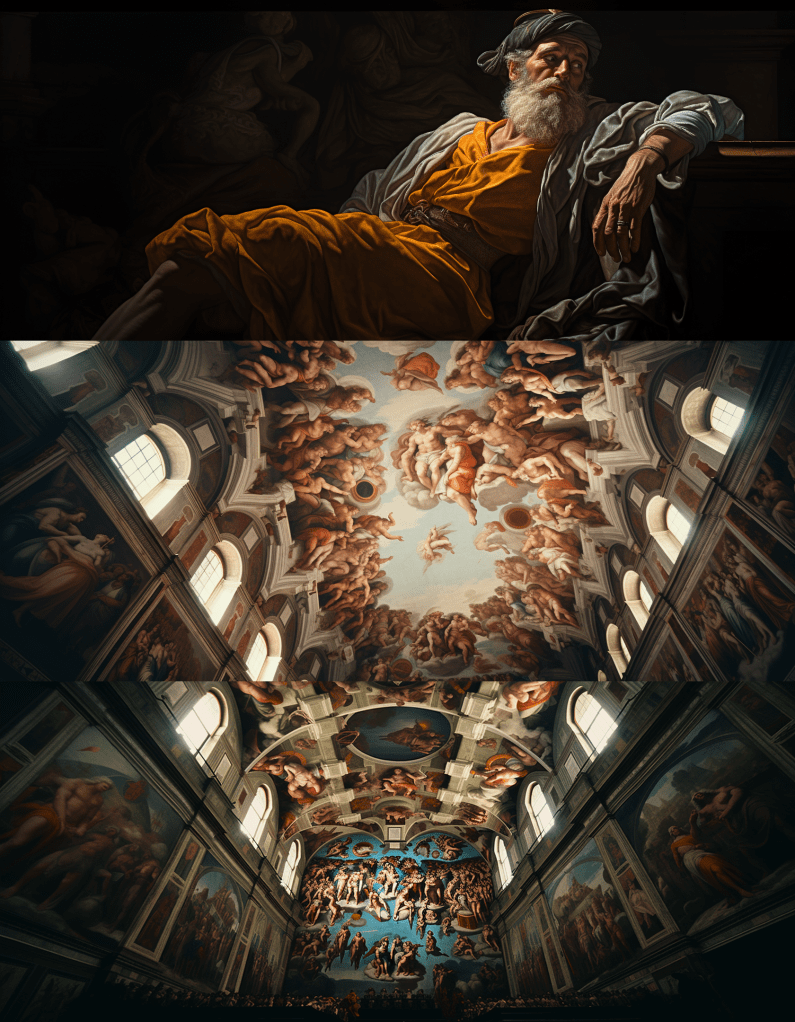On This Day, October 31, 1541, Michelangelo Buonarroti, one of the most eminent artists of the Italian Renaissance, completed his monumental work “The Last Judgment” in the Sistine Chapel, Vatican City. This grand fresco, which covers the entire altar wall of the Chapel, is one of Michelangelo’s most significant and powerful works.
“The Last Judgment” was commissioned by Pope Clement VII and later Pope Paul III, and its creation spanned over six years. The painting depicts the Second Coming of Christ and the final and eternal judgment by God of all humanity. The figures in the fresco are depicted in an array of poses, with the saved ascending on the left to join the heavenly host, while the damned are shown on the right, being dragged down to hell.
Michelangelo had previously painted the ceiling of the Sistine Chapel, a project that lasted over four years, from 1508 to 1512. The ceiling includes some of the most renowned scenes in the history of art, including the Creation of Adam and the Fall of Man. His return to the Chapel to paint “The Last Judgment” over two decades later showcased a shift in his style, with the latter work characterized by a more dramatic and complex composition.
“The Last Judgment” was somewhat controversial at the time, with some critics objecting to the nudity and the muscular, twisting figures in the fresco. However, it was also widely admired for its artistic mastery and emotional power.
Michelangelo’s works in the Sistine Chapel, both the ceiling and “The Last Judgment,” are considered to be among the greatest achievements of Western art. They have inspired countless artists and continue to draw millions of visitors to the Sistine Chapel to marvel at their beauty and complexity.
